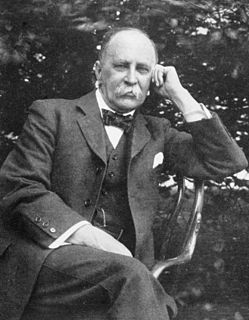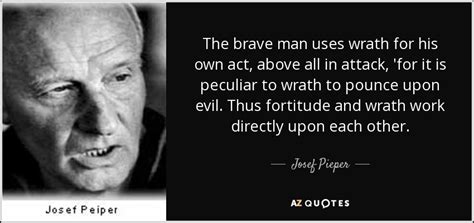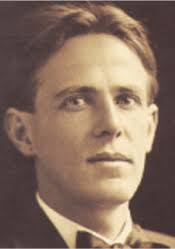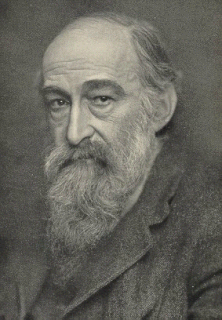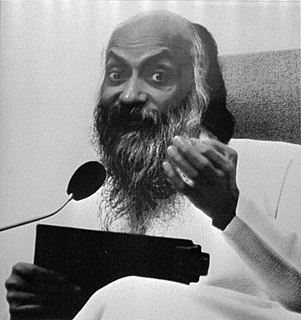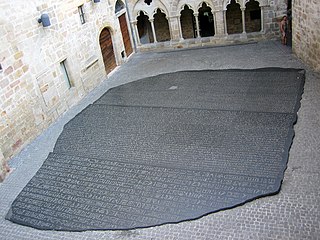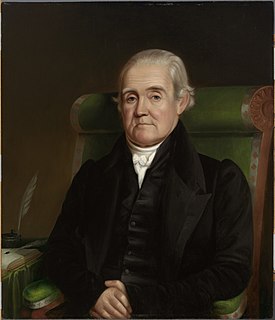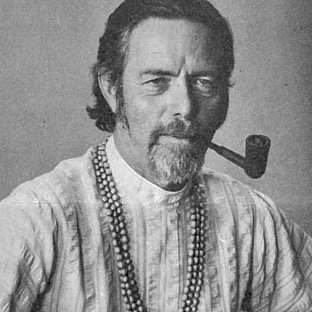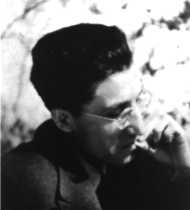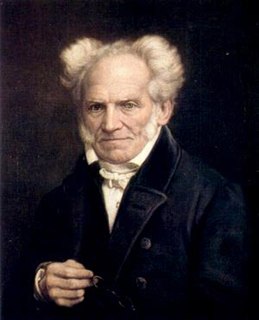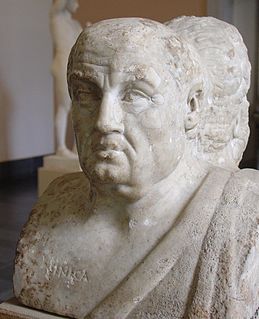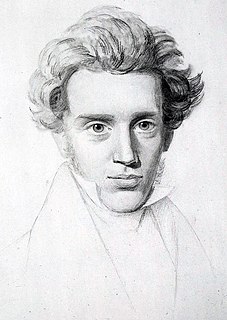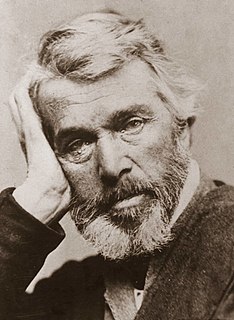A Quote by Ralph Waldo Emerson
The virtue of art lies in detachment, in sequestering one object from the embarrassing variety. Until one thing comes out from theconnection of things, there can be enjoyment, contemplation, but no thought.
Quote Topics
Related Quotes
It is the business of thought to define things, to find the boundaries; thought, indeed, is a ceaseless process of definition. It is the business of Art to give things shape. Anyone who takes no delight in the firm outline of an object, or in its essential character, has no artistic sense. He cannot even be nourished by Art. Like Ephraim, he feeds upon the East wind, which has no boundaries.
Spirituality is not a question of morality, it is a question of vision. Spirituality is not the practising of virtues - because if you practise a virtue it is no longer a virtue. A practised virtue is a dead thing, a dead weight. Virtue is virtue only when it is spontaneous; virtue is virtue only when it is natural, unpractised - when it comes out of your vision, out of your awareness, out of your understanding.
When objects are presented within the context of art (and until recently objects always have been used) they are as eligible for aesthetic consideration as are any objects in the world, and an aesthetic consideration of an object existing in the realm of art means that the object's existence or functioning in an art context is irrelevant to the aesthetic judgment.
But art not only exploits the variety of appearances, it also affirms the validity of individual outlook and thereby admits a further dimension of variety. Since the shapes of art do not primarily bear witness to the objective nature of the things for which they stand, they can reflect individual interpretation and invention.
Everybody should do in their lifetime, sometime, two things. One is to consider death...to observe skulls and skeletons and to wonder what it will be like to go to sleep and never wake up-never. That is a most gloomy thing for contemplation; it's like manure. Just as manure fertilizes the plants and so on, so the contemplation of death and the acceptance of death is very highly generative of creating life. You'll get wonderful things out of that.


